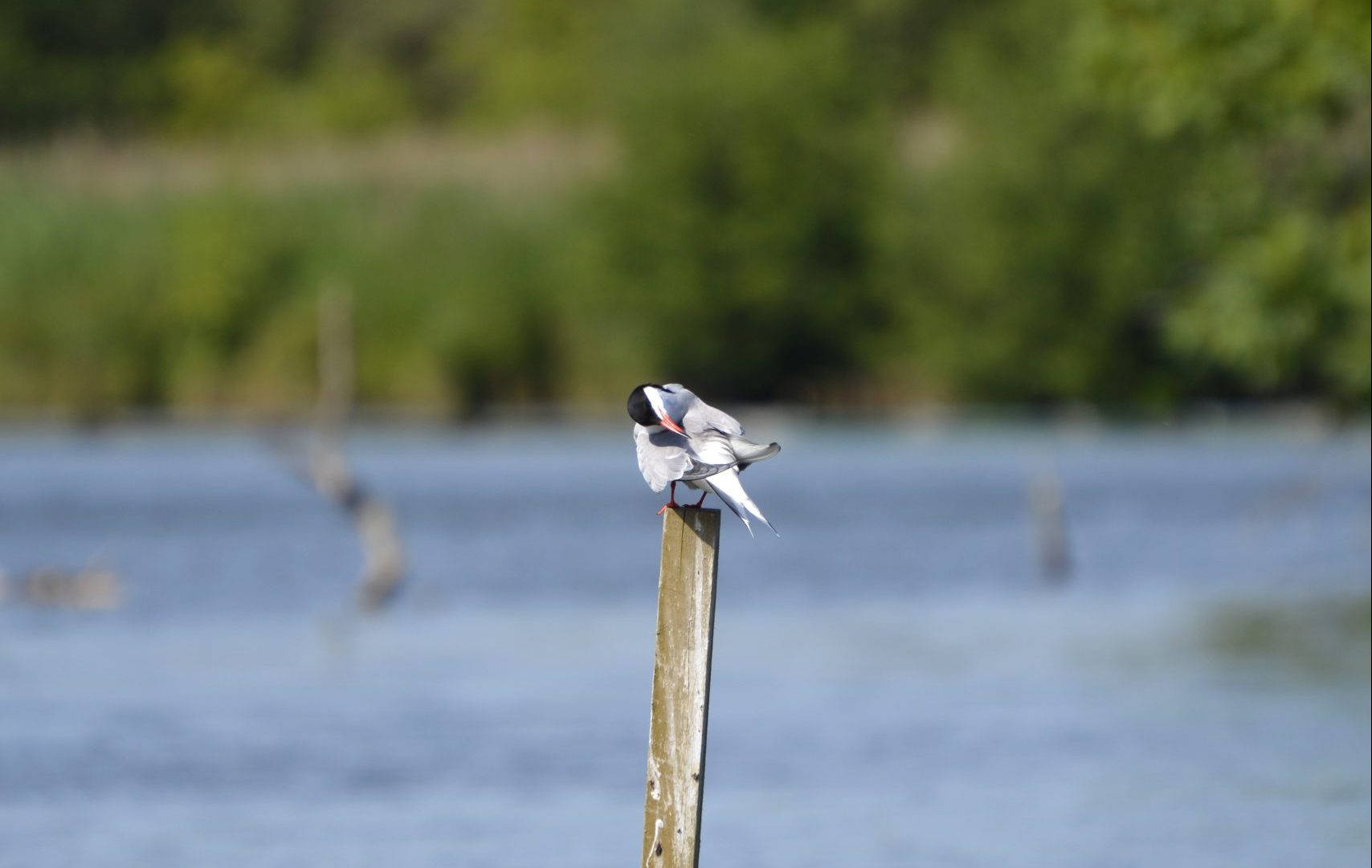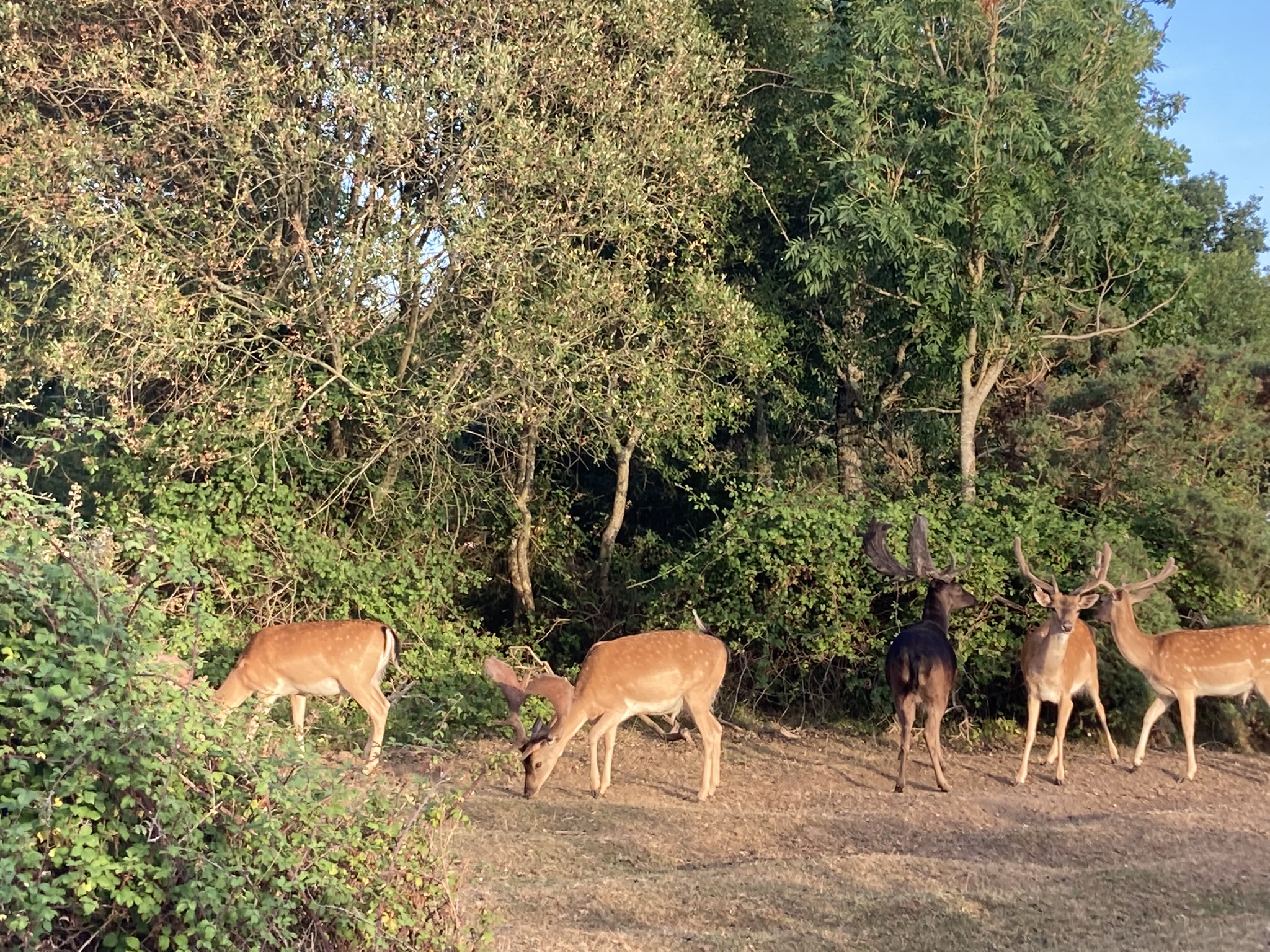Winter Wildlife
Published: 31 January 2024
As we enter the new year, it is a great time to discover winter wildlife in our Parks before spring begins. Though days are shorter, many trees are bare and the buzz of insects has died down, there is still much to see. Here are some tips for animals and birds to spot if you’re out and about in National Parks this month.

Arctic Tern (Sterna paradisaea), the Broads National Park © Harriet Gardiner
Winter visitors
Overwintering birds are some of the most numerous and recognisable visitors to England and Wales during the winter months. Many of these are waders and waterfowl, most common in lowland areas and along the east coast, though the winter season changes the dawn chorus across all National Parks.
Several species live, breed and nest in the precious habitats that Parks provide, from common species that can be spotted elsewhere to rare birds not seen outside these Protected Landscapes. Species to look out for include lapwing, curlew, arctic tern, great crested grebes, teals and many more:
- Redshanks, with distinctive orange/red legs and beaks, visit the UK from Iceland during the winter. They can be seen feeding in coastal areas of the North York Moors National Park throughout January.
- The Broads provide a habitat to many rare species of wildlife throughout the year. In the winter, look particularly for bittern and dark-bellied brent goose on the coast and in saltmarshes.
- Though not a coastal Park, the New Forest receives many winter bird visitors too. The rare great grey shrike can be spotted at key sites, with more common woodland species such as bramblings active across the forest.

Deer, New Forest National Park © Rose O’Neill
Winter sights
As well as seasonal visitors, winter is a great time to spot many year-round residents of National Parks. Several small mammals are easier to see and hear in the winter, such as badgers and foxes, who come into season during January. Other winter sights include:
- Shorter days mean that deer can be spotted earlier in the evenings during winter. Parks including Northumberland, Exmoor and the Lake District are home to some UK deer species, while the New Forest National Park is home to all five. Marshland-loving non-native Chinese water deer can also be spotted in The Broads during January.
- Throughout winter and into the new year, mountain hares take on their winter coats- a seasonal sight not to miss. They’re best spotted in upland areas of the Peak District National Park.
- As grey seal pups are born during the autumn, colonies can be seen reducing in size in January as pups born the year before shed their fur and leave for the sea. Both Eryri (Snowdonia) and Bannau Brycheiniog (Brecon Beacons) are home to colonies of grey seals.
Changing winters
Sadly, in many people’s living memory our seasons have changed and the weather patterns that mark these natural events have shifted. The effects of climate change are having a marked impact on migratory and other behaviours, while habitat destruction and intensive land management are shrinking the land available for permanent or seasonal residence.
National Parks have an important role to play in protecting our precious winter species from the changing climate. They have the potential to be even better homes for all wildlife, resilient to the effects of climate change and restored for nature.
The support we receive from our Friends helps us to fight for these species’ winter homes and make National Parks wilder for nature year-round.
